A Brief History of Education
One of my objectives this summer is to explore education starting with a wide, panoramic view, and walking down to the fine detail of the application of education with a view toward supporting those of you that may be new to, or veterans of, homeschooling.
I’ve shared and written on the topic of home education here for many years. What I’ve never done is walk with you in an organized way – from the beginning of considering home education, down to the application of ideas where the rubber meets the road in your day. With the current explosion of homeschooling right now, and the baptism by fire that parents of the world experienced during Pandemic homeschooling (which is not true homeschooling, by the way), I think now is a salient time to share perspective, experience, and practical ideas as a way to invite you further up and further in.
I’ve been at this for over 20 years – long enough to have experienced many different seasons of life, different children (each with different temperaments), and long enough to know that there is no one-size-fits-all approach to homeschooling children! There are, however, some universally intersecting ideas and methods, and that’s where you’ll find much of my passion because, I’m all for the well worn, tried-and-true path! While homeschooling is without a doubt one of the most challenging undertakings of my life, it has been, for the past 20 years, the most richly rewarding of my life. Homeschooling has been my own school, and the vehicle of my own education. What a paradoxical joy that in seeking to educate my children, they actually educated me. Twice blessed.
Anytime one undertakes a journey it’s a good idea to know the landscape of that journey, and the events and contributors who helped build that landscape. And that’s how I want to begin my homeschooling series – by widening the scope all the way open so that we can look at the history of education – not just in the US, not just in Europe, but historically.
In undertaking a (relatively) brief summary such as this, much will have to be simplified and even omitted. Let me state clearly: I’m not a scholar of the history of education; I am a very interested participant with “skin in the game,” so to speak. Over the past 20 years of home education, I’ve read and studied in order to better understand application. The understanding I’ve gathered from my studies is what I share with you today.
I hope this post will encourage you to consider your “why” before we get into the “what” and “how” of home education. If you jump into curriculum and how-to before you first prayerfully consider why you’re doing this in the first place, you’ll build your homeschool on insecure, shifting sand. So let’s begin at the beginning for a secure foundation.
And I suppose anyone who undertakes to share the history of a thing must admit that even though every attempt has been made to share accurately and dispassionately, a person cannot help but share with some bias. If there is bias here, I hope it is that which communicates a deep love for each child as a person made Imago Deo – in the Image of God.
The purpose of this work isn’t to provide a comprehensive history, but a fly-over so that you have a sense of the landscape you’re going to traverse as an educator, and particularly, as a home educator. Many came before us to pave the way. What roads did they leave behind that we might follow?
This chronological history of educational philosophies will start at the very beginnings of formal education – going all the way back to the oldest curriculum known to man. Since I’m so visual and crave order, I find it helpful to share chronologically when sharing the history of a thing, so I’ve done my best to attribute periods with significant developments, but there is overlap as in all history.
Following man forward through time, I hope to demonstrate the continuum of the oldest curriculum and the changes that it met over the course of history. The aim is to show that the many different philosophies and styles of education today are actually quite recent in terms of their time on the “playing field.” Some derive from the earliest form of education, others splinter and fracture away. In undertaking the aim of the education of a person, which is each parent’s responsibility, a knowledge of education in general, and a philosophy of education in particular, can be a lamp to light the way.
Into the light…
Ancient Classical Education
When I share about education, the history of education, and philosophies in general, many are astonished to recognize the oldest and longest running philosophy of education was the Ancient Classical model. Classical students include Aristotle, St. Paul, Charlemagne, St. Thomas Aquinas, St. Augustine and many, many centuries of others – in fact for over two millennia the only form of education was a Classical Education. Because of the unique and significant contribution classical models have made to education as a whole, a significant amount of discussion is due in order to provide context.
It is worth noting that for many centuries education was limited to the elite.
Liberal education was aristocratic in the sense that it was the education of those who enjoyed leisure and political power.
Hutchins, Robert M. The Great Conversation, The Substance of Liberal Education, 1952
The poor were excluded entirely from education as were girls, with small exceptions such as a period during the Roman Empire. This exclusion, while worth acknowledging, is not the point of this article.
5th century BC – Time of Christ (TOC). Classical education began in Greece with the Greek Paideia (the manner of education and training in the ancient Greek cultures), but it’s roots go back even further into Egypt. The matter of an Ancient Classical education consisted of the Trivium (literally meaning the intersection of three roads) of Grammar (language), Rhetoric (speech: written and oral), and Logic (thought). Instruction was centered around ideas – writings and their authors – and it held virtue and character formation in high regard. In reading the Greek philosophers, one thing is abundantly clear, there is a sense of the divine.
To the Greeks, mankind possessed a divine spark.
Circe, “What Is Classical Education?”
Students modeled the excellent examples instructors presented – in writing, in speaking, and in expressing logic.
Well known Greek instructors include Pythagorus, Aristotle, Plato, and Socrates, a Greek philosopher from Athens. Socrates is credited for having demonstrated the Socratic method – a cooperative argument or discussion in which questions are both asked and answered between individuals with the goal of nurturing critical thinking and of eventually reaching truth.
The ancients understood the relationship between wisdom and wonder, and education grew out of this foundational principle.
The beginning of all wisdom is wonder.
Aristotle, Metaphysics
An education of ideas within the Greek culture continued for centuries.
In 146 BC Greece became a part of the Roman Empire, and though there was some resistance from the Greeks, by the time of Christ, the Greek influence within the Roman sphere, including education, was established.
TOC – 5th century. Athens grew and prospered under the Roman Empire, remaining a central hub of education, philosophy, and higher learning for Rome.
The Greeks were used primarily as slaves for the Romans and it was in this way – through Greek tutors who were either slaves or free men – that the Romans took Classical Education and would eventually introduce Roman texts to the body of work that composed the Ancient Trivium.
The Romans contributed the addition of the Quadrivium (intersection of four roads) of arithmetic, geometry, astronomy, and music. The ancient Classical model now embraced the seven liberal arts which, in large part, are still emphasized today.
The Seven Liberal Arts:
- Grammar
- Rhetoric
- Logic
- Arithmetic
- Geometry
- Astronomy
- Music
Progression in Classical Education in Rome (and in Greece) depended more on mastery than age, in fact, formal education didn’t begin until around the age of 12.
Classical education would continue under the stewardship of the Romans until the collapse of the Roman Empire in 476 AD.
5th – 8th century. Following the fall of the Roman Empire, Classical Education was ushered into the hands of Catholic Monasteries due in large part to St. Benedict. Monasteries both preserved and extended the classical education model for centuries as part of monastic life.
(See also: The Monastic Tradition of Education: A Study of the Monastic Tradition of Education – and What We Can Learn From It, Christopher Perrin)
9th – 13th century. From the 9th – 13th centuries, Classical Education underwent a renewal and resurgence begun by the Holy Roman Emperor, Charlemagne, who fostered education in the clergy and then extended that education to a few laymen. His Carolingian Renaissance is recognized as having renewed Western Culture.
Charlemagne infused his court with the brightest minds from Italy, Spain, and Ireland, and to the seven liberal arts he added the Old and New Testaments, the Church Fathers, lives of the Saints, and canon law alongside Greek and Roman texts. His recognition of the importance of manuscripts during this cultural revival led to an emphasis on copying texts and books and his library catalog survives today.
It would take generations for Charlemagne’s Carolingian Renaissance to reach its zenith through his son and grandson, but monastic schools flourished under their leadership and the 11th and 12th centuries continued the Renaissance in education and culture in Europe.
The 13th century brought St. Thomas Aquinas and his valuable contribution to education through his writings, and in particular his Summa Theologica. From St. Thomas’ writings, a model of an educated man emerged (Scholastic or Scholar) and classical education continued to develop more fully through the Angelic Doctor’s understanding and writing.
In moving chronologically through the history of education, it is interesting to see Aquinas, with the guidance of the Holy Ghost, fully develop Aristotle’s foundational understanding of wisdom and wonder.
Wonder is the beginning of wisdom, being as it were, the road to the search of truth…
St. Thomas Aquinas, Summa Theologiae, Article 8, Objection 2
Medieval universities flourished during this period with the 13th century witnessing the beginning of notables such as the University of Cambridge. University years were divided into two terms and courses consisted of lectures and books with discussion and question periods, and exams at the end of a term.
With the founding of so many universities, grammar schools also began to increase. The curriculum of these early grammar schools consisted of religion and Latin, both written and spoken. Other elements may have included reading and writing in the vernacular.
14th – 17th century. By this period of time classical education included the study of literature, poetry, drama, philosophy, history, art, and languages as well as the Trivium and the Quadrivium. The 15th century brought the invention of the printing press, and with it, a more widely circulated distribution of books, which in turn, increased literacy.
18th century. Around the 18th century, Classical Education began to wane, due in large part to the breakdown in social divisions brought about by the Industrial Revolution. The Jesuits (a Catholic society of priests and brothers) took Classical education and implemented it in their schools, keeping this form of education alive into the 20th century. But education in general – it’s goal and its end – began to shift dramatically.
With the advent of the Industrial Revolution, voting rights were given to the common man, and education was reduced to that which could be “spoon fed” to those who were considered poor, uneducated, and unable to reach lofty ideas.
They had to learn to read the newspaper and to write a business letter and to make change; but how could they be expected to study Plato or Dante or Newton? All that they needed to know about great writers could be translated for them in textbooks that did not suffer from the embarrassment of being either difficult or great.
Hutchins, Robert M. The Great Conversation, The Substance of Liberal Education, 1952
While man and society had progressed over the course of history across a wide spectrum of technology, knowledge, and arts, the understanding of education was reduced to those bits of information that would either prepare for the labor force, or would foster skills for a particular vocation/occupation, eschewing the lessons and the teachers of the past as outdated, and leaving education as dry as sawdust, devoid of ideas. Less and less an education, this transfer of information grew to become known as “schooling” since it was now primarily vocational/skill oriented. As society shifted further, and the labor force grew, “schooling” would gradually become compulsory – that is, mandated for all.
19th & 20th century, Europe. The relatively abrupt changes in the manner and methods of education did not go unnoticed. In England, in the late 19th century, an educator named Charlotte Mason viewed the stale forms of education as devastating to the youth of her country, and began to develop her Philosophy of Education. She built her philosophy on the foundational principle of the child as a person, and as a person, capable of grappling with worthy ideas conveyed by an author through a living (literary) book.
History is the pivot upon which our curriculum turns.
Mason, Charlotte, Toward a Philosophy of Education, 1923
While she never called herself a classical educator, and there are differences, there are many classical echoes in her simple, yet rigorous, methods (narration, dictation, copywork, etc) and much familiarity between Charlotte Mason’s philosophy and that of the Ancient Liberal/Classical education. Both philosophies of education were built on ideas – on the author speaking to the student through the author’s own words. Both value modeling the good & the great works.
Give your child a single valuable idea, and you have done more for his education than if you had laid upon his mind the burden of bushels of information.
Mason, Charlotte, Home Education, 1886
(You can read through my writing and sharing on Charlotte Mason here.)
Almost at the same time Charlotte Mason observed the pitiful state of education in England, Maria Montessori came to similar conclusions in Italy.
Maria Montessori was a medical doctor, in fact, one of the first female physicians in Italy. Her interests took her into the field of psychiatry where she observed children with intellectual and developmental disabilities and soon began to question the prevailing methods of teaching. Perhaps it was Maria’s experience within the medical field that led her to be so astutely observant, a skill she honed and which would become a hallmark of Montessori education. By 1907 Maria was working with children from the poorest neighborhoods. Her approach, though different from Charlotte Mason’s and that of Classical Education (which were both literary) rightly identified the child as person and capable of understanding truth, goodness, and beauty.
Maria emphasized a beautiful, attractive presentation of learning materials (materials that self directed) and insisted that within the carefully cultivated environment, young children be allowed a generous freedom to explore. The activities facilitated independence and a maturation from concrete to abstract ideas through an environment that communicated beauty and invited interaction.
Another unique hallmark of Maria Montessori’s philosophy was her observation that children have particular “sensitive periods” within which they are most developmentally disposed to learn certain skills. This idea isn’t foreign – for example, you wouldn’t put a toddler on a two-wheel bike with any expectation of mastery because the toddler isn’t developmentally ready for that skill (well, anyway – my toddlers certainly weren’t). But when a child is developmentally ready for that two-wheel bike, mastery is swift! Maria Montessori believed this applied to a child’s intellectual development as well.
Education is a natural process carried out by the child and is not acquired by listening to words but by experiences in the environment.
Maria Montessori
It is important to mention that up to this point all of these educational philosophies were imbued with a sense of the sacred and foundational footing in Christian principles. Classical Education began with a deep and profound awareness of the Divine and was baptized in Christian theology (in the monastic period); Charlotte Mason anchored her philosophy of education on the prime importance of “Knowledge of God;” and Maria Montessori facilitated a religious education approach called Catechesis of the Good Shepherd, which grew out of her observations of a child’s deeply spiritual nature.
20th century, America. A tremendous influx of immigrants affected many changes in the US educational system, which had, up until that time, held some tenets of Ancient Classical Education until around 1918 when a group of powerful educators, convinced that Classical education was outdated and no longer served modern man, voted on and passed an outline of priorities to be conveyed and taught in public schools: health, command of fundamental processes, worthy home membership, vocation, civic education, worthy use of leisure, ethical character. (1918, Seven Cardinal Principles of Secondary Education) The study of history was replaced with “social studies.” This outline of priorities dramatically affected education in the US, and is still largely in effect today.
Mid 20th century, Britain. In the 1940’s, Dorothy Sayers, a British author of mystery novels, addressed a group at Oxford University. Her essay, appropriately entitled, The Lost Tools of Learning, was an apt and very accurate assessment of the sad decline and state of education at the time. It is an accessible essay worth your time!
Mrs. Sayers makes several points in her essay, but one in particular – she observed a need to return to the ancient classical forms of education:
…if we are to produce a society of educated people, fitted to preserve their intellectual freedom amid the complex pressures of our modern society, we must turn back the wheel of progress some four or five hundred years, to the point at which education began to lose sight of its true object, towards the end of the Middle Ages.
Sayers, Dorothy, The Lost Tools of Learning, 1947
She observed, rightly, that children were taught everything except how to learn.
Is not the great defect of our education today … that although we often succeed in teaching our pupils “subjects,” we fail lamentably on the whole in teaching them how to think: they learn everything, except the art of learning.
Sayers, Dorothy, The Lost Tools of Learning, 1947
Sayers put forward an idea, a theory which she admitted in her essay had not been fleshed out or tested: that of the amending slightly of the Ancient Classical Trivium as corresponding to stages of psychological growth and development in a child.
Sayers, in reflecting on her own childhood, recognized 3 specific developmental stages which she named: Poll-parrot, Pert, and Poetic. She suggested that perhaps the ancient skills of the Trivium (Grammar, Logic, Rhetoric) corresponded with the stages of development she noticed in herself and her child:
- Grammar stage corresponding to what she referred to as Poll-parrot stage (the age in which memorization is easy)
- Logic stage to Pert stage (the age and stage in which a child begins to question and contradict in order to know)
- Rhetoric stage to Poetic stage (the restless period where a growing child is seeking independence)
Sayers’ worthy essay was an observation about the state of education more than anything else, but it lit a tiny spark in suggesting a very small change by degree in the Ancient Classical Methods – of associating the liberal arts with the stages of childhood development, and of teaching them within these pocketed stages.
Indulge this illustration –
Imagine you are flying from Los Angeles to New York. If the pilot leaves from LAX and adjusts the heading just 3.5 degrees south, you will land in Washington, DC instead of New York. Such a small change is barely noticeable at take-off. The nose of the airplane moved just a few feet, but when magnified across the US, you end up hundreds of miles apart.
DC is about 225 miles from NYC. The nose of the airplane moved just 3.5 degrees or about 86 inches. A very small shift in direction can lead to a very meaningful change in destination.
Clear, James, Atomic Habits, 2018
A small change by a degree has as its consequence an end result that is many degrees separated from the original destination. Perhaps that resulting separation is inconsequential if it still conveys an education that provides the tools of learning? That can be a question for you to explore and answer, but we’ll continue this discussion a little further in the next post in our series.
For many, Mrs. Sayers article was a wake up call and a recognition of the profound loss within education. In looking forward, Mrs. Sayers’ article on The Lost Tools of Learning will have a significant impact on a future movement that would begin almost 30 years later – that of homeschooling.
We’ll end the first post in this series here – in the middle of the 20th century. Education was about to undergo another radical change by way of an educator, turned education reformer, that began what we now know as homeschooling.
This Homeschool 101 series will continue next with a look at Homeschooling, the movement, and a guide to the different homeschooling methods that developed over the last 50 years. (Did you know homeschooling has been a viable avenue for education for 50 years now?)
My hope is that in reading about the various philosophies, and in reading soon about the different homeschooling methods, you’ll find that place that resonates with you, your family, your season, your gifts and what your family identifies as the goal and aim of education – your “why.” Having these important understandings in hand, you’ll be able to approach the idea of curriculum, books, and things knowing which are the most useful in your hands to walk your family down the path of homeschooling toward education.
Until then…
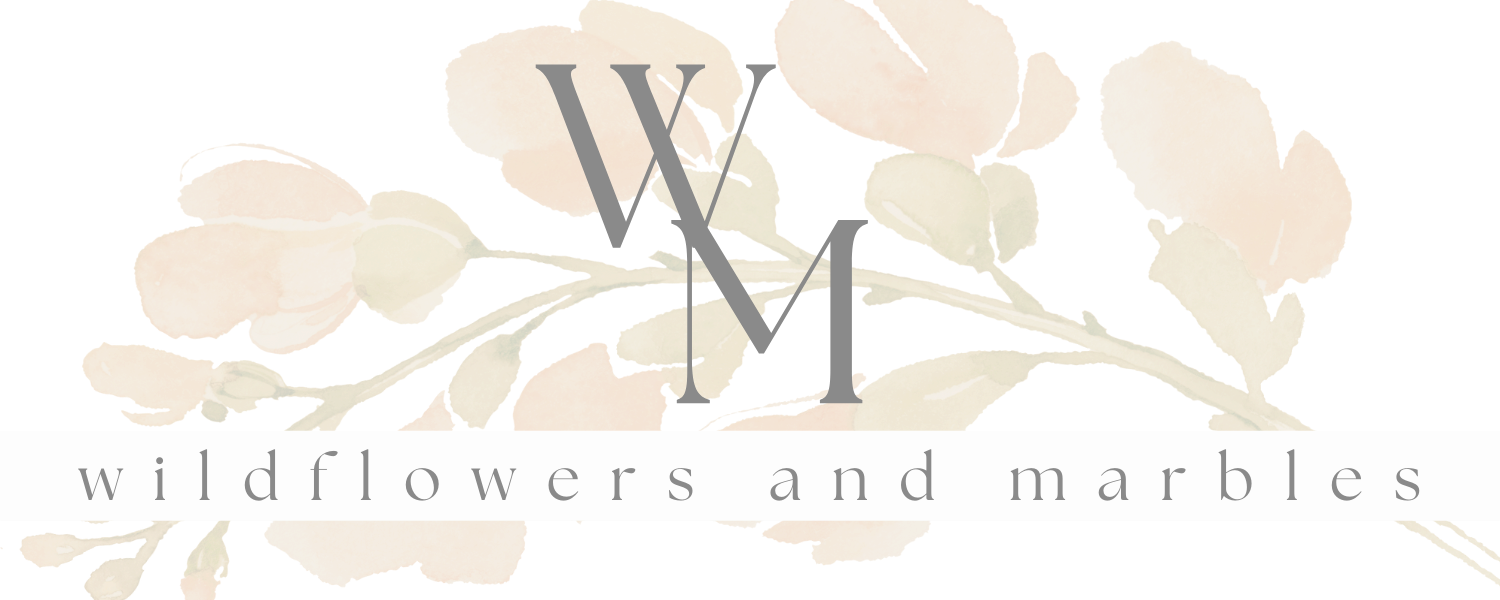

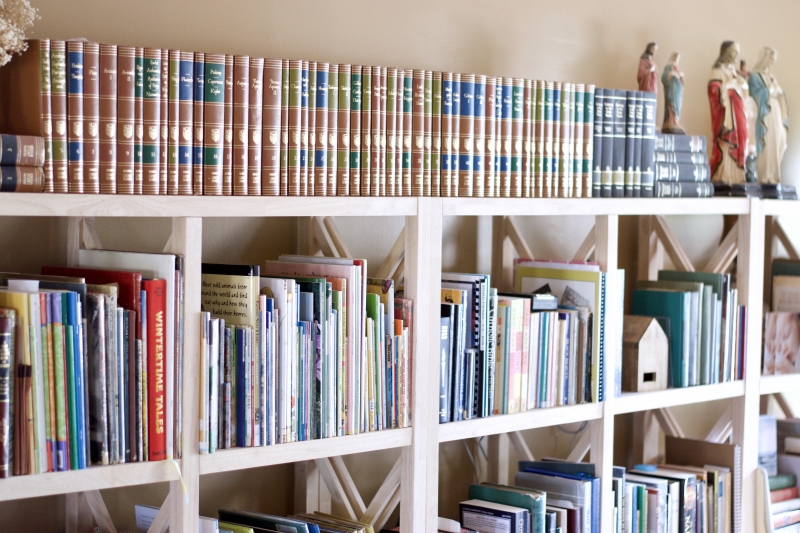


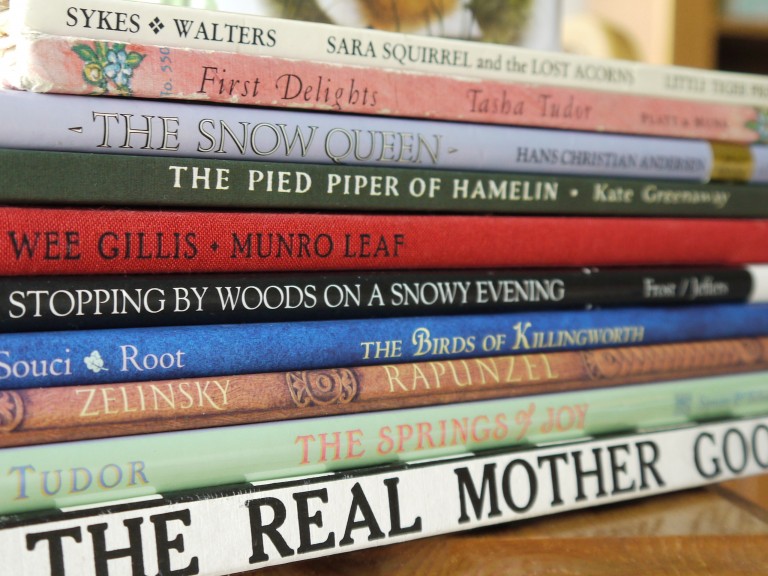
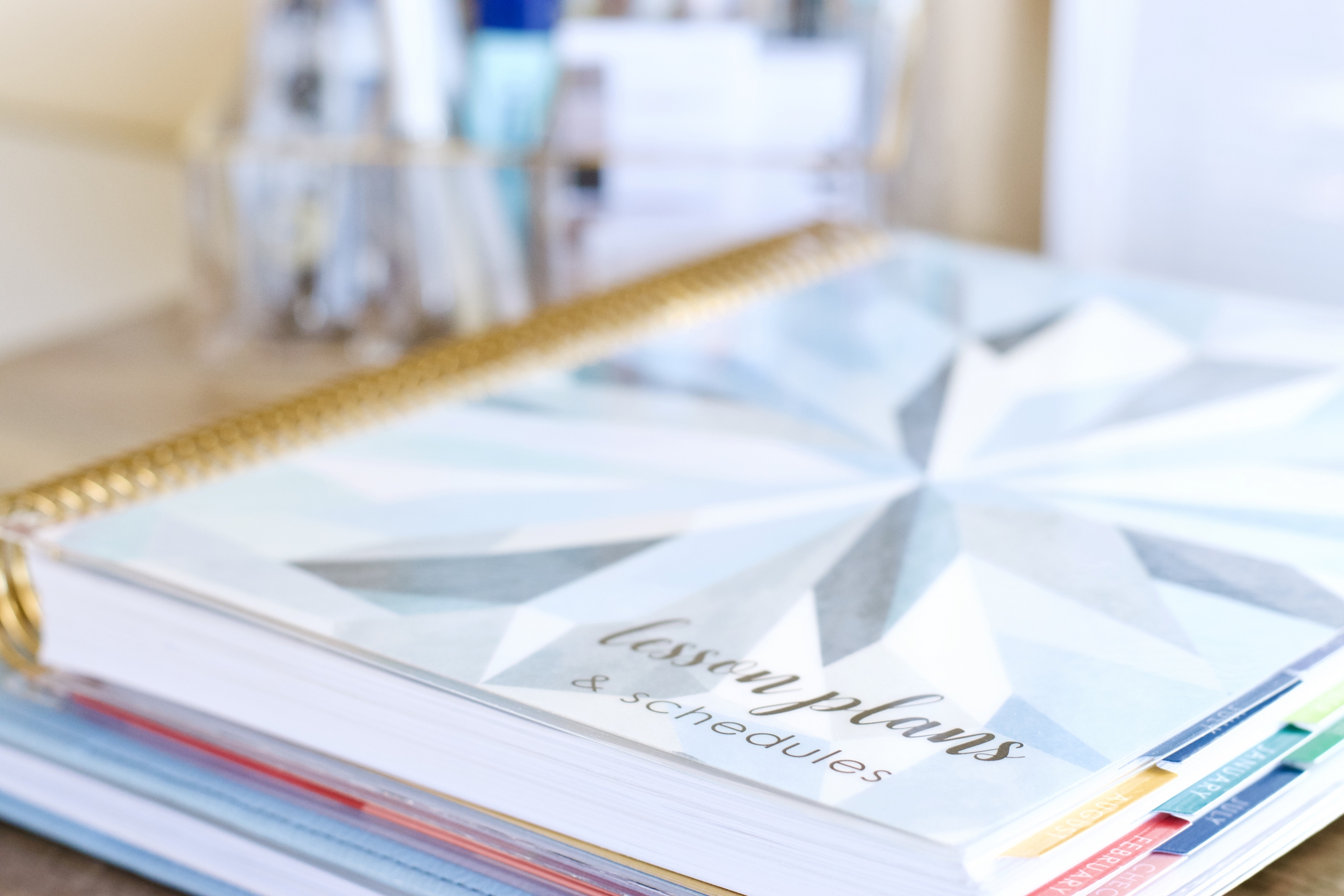


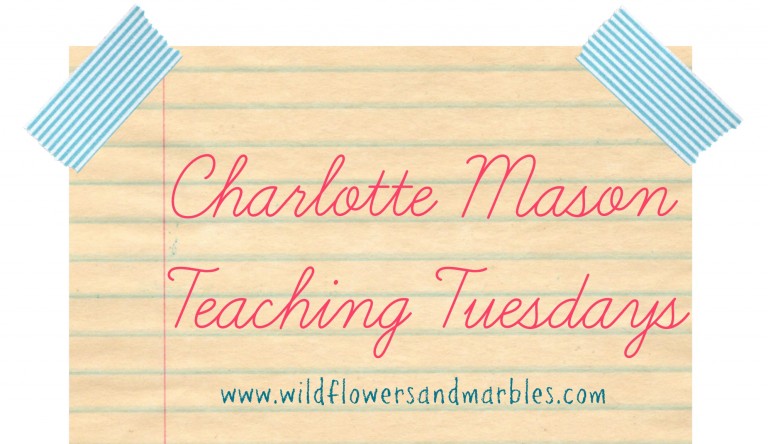
Thank you! It really helps to see this information layed out this way. Always love to read your take on homeschooling.
Thank you so much! I’m so grateful for your words!
This is a well written and clearly thought out explanation of education through history. I look forward to reading the follow up. Thanks.
Thank you so much! I can’t wait to share and continue this series with you!
Fascinating! Thank you for so clearly laying it out – I’m already coming away with some ideas sparked, and cannot wait for the next installment!
This is a great summary. Thank you!
In the beginning, for hundreds of thousands of years, children educated themselves through self-directed play and exploration. Love to read this. Thank you for sharing!
Thank you! It will take me a while to digest all if this! I am grateful you started this series with the history. So many say start with the end in mind. It helps to know first how we got here though before contemplating where the end needs to be.